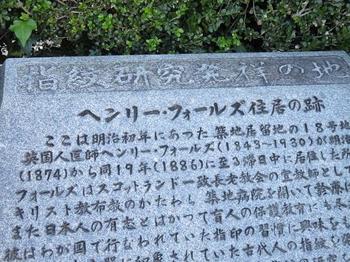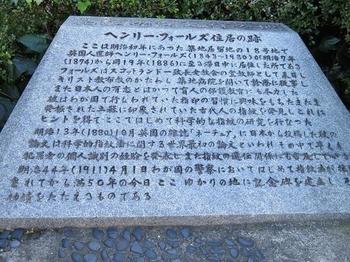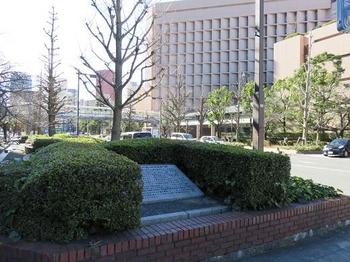"If you just sign![]() the piece
the piece ![]() casually on the camera, your fingerprints will come out." Professor Isao Echizen of the National Institute of Informatics, who developed the technology to prevent fingerprints, sounded the alarm bell.
casually on the camera, your fingerprints will come out." Professor Isao Echizen of the National Institute of Informatics, who developed the technology to prevent fingerprints, sounded the alarm bell.
Posting photos![]()
![]() taken with faces and hands together
taken with faces and hands together![]() on the net may identify individuals and fingerprints.
on the net may identify individuals and fingerprints.
(Omitted)
An experiment conducted by the National Institute of Informatics found that images taken![]() at a distance of 3 meters can be read, and if a piece photo
at a distance of 3 meters can be read, and if a piece photo![]()
![]() of "selfie" is posted on the net, it will be easily stolen ... (Sankei News)
of "selfie" is posted on the net, it will be easily stolen ... (Sankei News)
Surprisingly, I was surprised that![]() the study that fingerprints could be used to identify individuals in the first place reminded me that Chuo-ku originated.
the study that fingerprints could be used to identify individuals in the first place reminded me that Chuo-ku originated.![]()
In Akashicho, there is a monument to the birthplace of fingerprint research.![]()
This is the site where Henry Falls, a British man who was originally a foreign settlement and was a missionary and doctor, lived. It is said that he lived from Meiji 7 (1874) to Meiji 19 (1886).![]()
Falls was interested in fingerprinting habits in Japan and has attracted a lot of interest by announcing that fingerprints can identify individuals.![]()
He classified fingerprints into five basic patterns, such as bow-shaped crests, hoof-shaped crests, and spiral crests, and later used for criminal investigations.![]()
![]()
In the future, will this report trigger a photography pose that is not a peace sign![]() ?
?![]()
![]()
![]()
![]()
![]()
![]()
![]()




